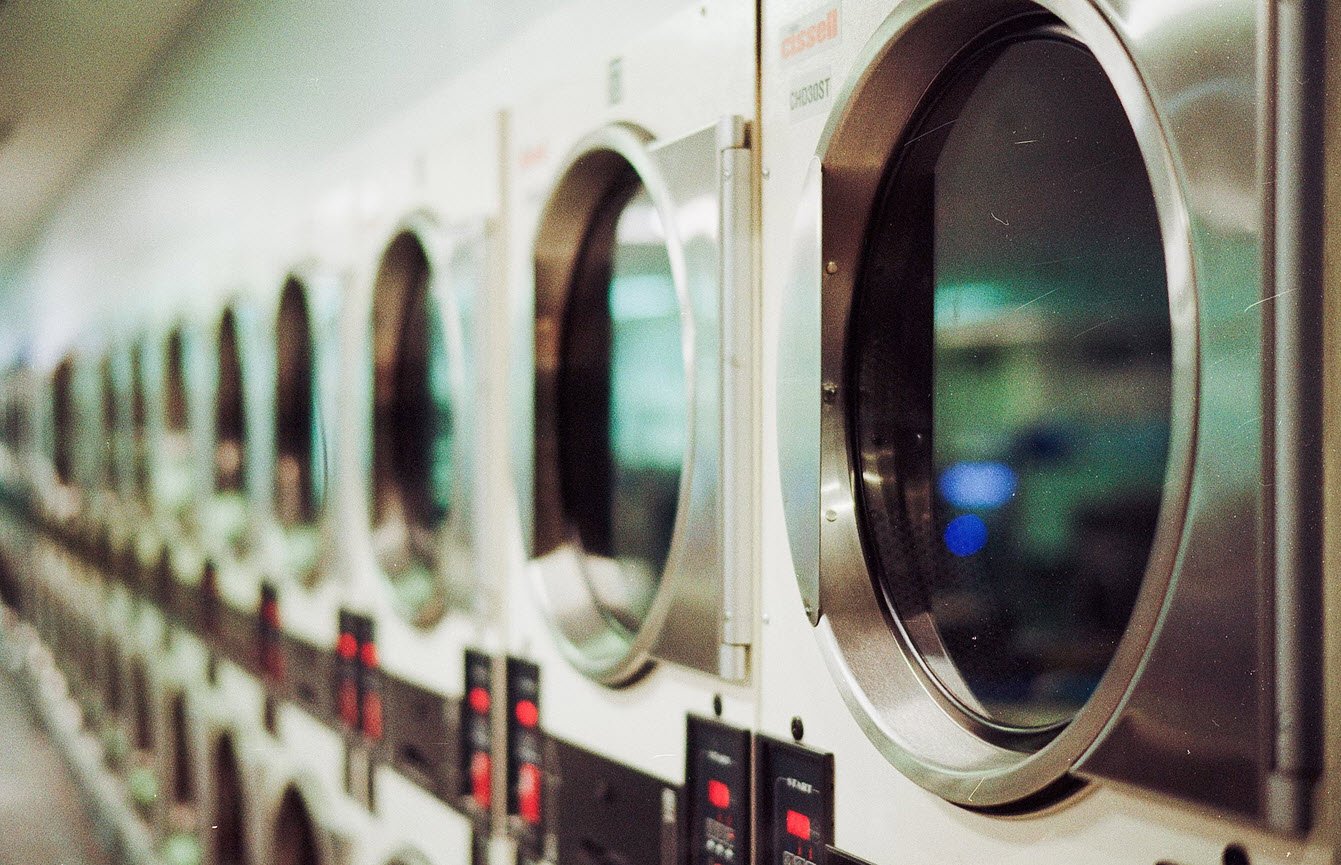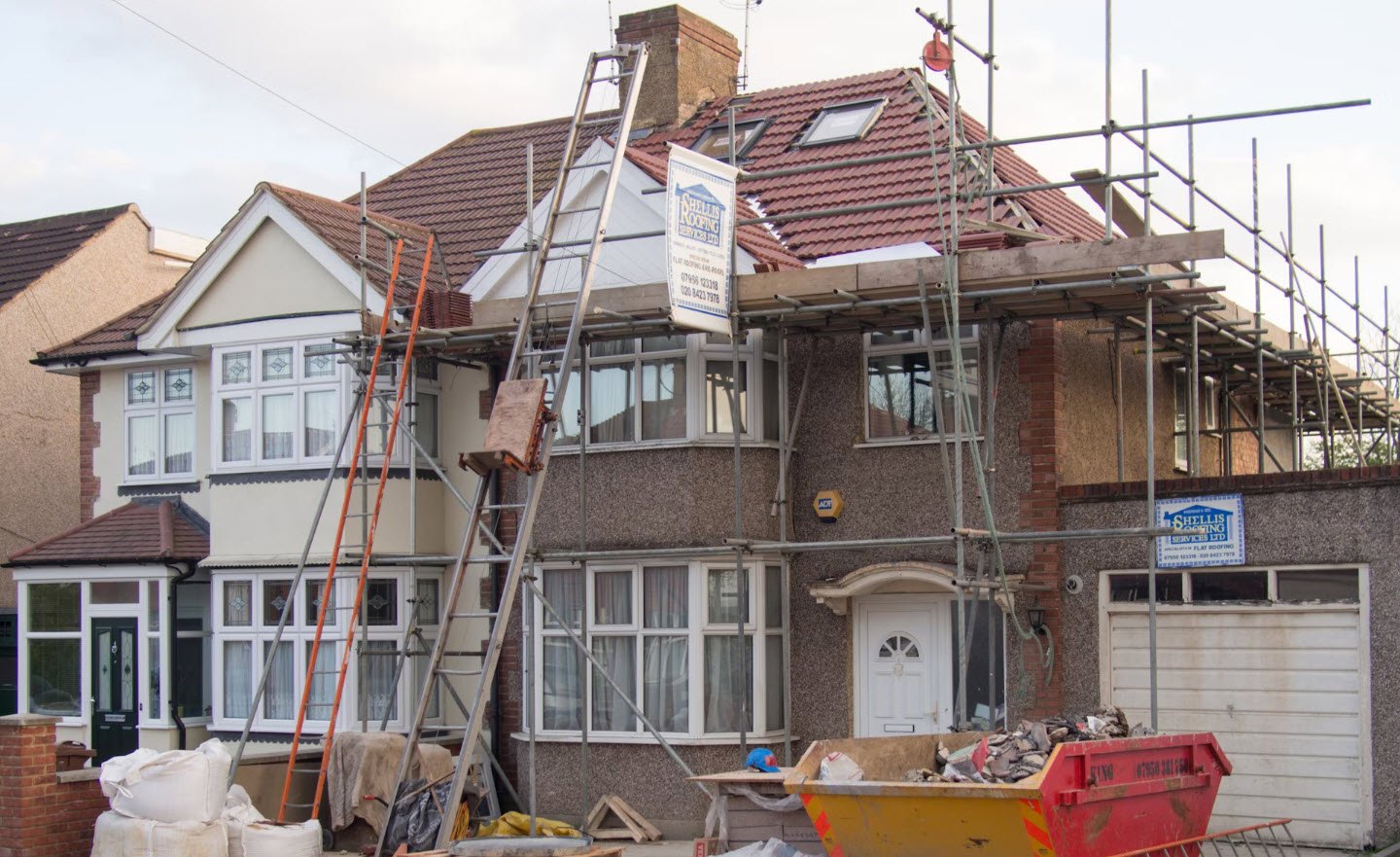
The process of buying a home is a significant investment, and a crucial step in this journey is a thorough home inspection. A comprehensive home inspection not only provides valuable insights into the property’s condition but also allows potential homeowners to make informed decisions.
In this article, we’ll explore a detailed home inspection checklist, covering key areas from the exterior to the interior, ensuring that no aspect of your potential home is overlooked.
1. Exterior, Lots, and Grounds
- Evaluate the condition of the exterior walls, siding, and paint.
- Check for proper drainage around the foundation.
- Inspect the landscaping, including trees and shrubs.
- Verify the condition of driveways, sidewalks, and patios.
- Examine the condition of fences, gates, and other outdoor structures.
2. Foundation, Basement, and Crawlspace
- Inspect the foundation for cracks or signs of settling.
- Check for water intrusion in the basement or crawlspace.
- Assess the condition of support beams and columns.
- Look for any signs of pest infestation, such as termites.
3. Roofing, Attic, and Ventilation
- Inspect the roof for missing, damaged, or aging shingles.
- Examine the condition of flashing around chimneys and vents.
- Check the attic for proper insulation and ventilation.
- Look for any signs of leaks or water damage in the attic.
4. Plumbing
- Inspect all visible plumbing for leaks or corrosion.
- Check water pressure in faucets and inspect for drainage issues.
- Verify the condition of pipes in the basement or crawlspace.
- Assess the functionality of water heaters and water softeners.
5. Electrical
- Inspect the electrical panel for proper labeling and functionality.
- Check outlets and switches for any signs of damage or wear.
- Test the functionality of circuit breakers and fuses.
- Verify the condition of wiring throughout the home.
6. Heating Systems
- Inspect the furnace for proper operation and signs of wear.
- Check the condition of ductwork for any leaks or damage.
- Verify the functionality of thermostats and heating controls.
7. Cooling Systems
- Inspect air conditioning units for proper operation.
- Check the condition of ductwork for any issues.
- Verify the functionality of thermostats and cooling controls.
8. Interior
- Inspect walls, ceilings, and floors for cracks, stains, or damage.
- Check doors and windows for proper sealing and functionality.
- Assess the condition of staircases, railings, and banisters.
- Verify the presence and functionality of smoke detectors and carbon monoxide detectors.
9. Appliances
- Inspect the condition and functionality of kitchen appliances.
- Check the operation of laundry appliances.
- Verify the condition of the water heater and its installation.
10. Garage
- Inspect the garage door for proper operation and safety features.
- Check for signs of water intrusion or damage in the garage.
- Verify the functionality of garage door openers.
11. Lawn Sprinklers
- Inspect the condition and functionality of the sprinkler system.
- Check for proper coverage and adjustments of sprinkler heads.
- Verify the presence of backflow prevention devices.
Conclusion
A comprehensive home inspection is a crucial step in the home-buying process, providing potential homeowners with a clear understanding of the property’s condition. By systematically examining each area outlined in this checklist, individuals can make informed decisions, negotiate repairs if necessary, and move forward confidently with their investment.
Remember, a thorough home inspection not only ensures the safety and functionality of the property but also contributes to long-term satisfaction and peace of mind.
You may also like:- Don’t Buy A House In These 5 US Cities
- A Guide to Prepare for Your First Home Purchase
- A Comprehensive Guide to Saving on Major Appliances
- How to Save on Home Improvement – Cost-Effective Tips for Enhancing Your Space
- Practical Tips and Strategies for Saving Money on Furniture Purchases
- 51 House Cleaning Shortcuts to Save Time and Effort
- 5 Signs of a Good Air Duct Cleaning
- Tenant’s Guide – 5 Things to Remember When You Move In
- 7 Simple Reasons Why You Need a Network Security Camera for Your Home
- Fire Safety Checklist for Home – A Comprehensive Guide








